I've been using 24bit .png with Alpha, from Photoshop, and just tried a .psd which worked fine with OpenGL ES, but Metal didn't see the Alpha channel.
What's the absolutely most performant texture format for particles within SceneKit?
Here's a sheet to test on, if needs be.
It looks white... right click and save as in the blank space. It's an alpha heavy set of rings. You can probably barely make them out if you squint at the screen:
exaggerated example use case:
https://www.dropbox.com/s/vu4dvfl0aj3f50o/circless.mov?dl=0
// Additional points for anyone can guess the difference between the left and right rings in the video.


